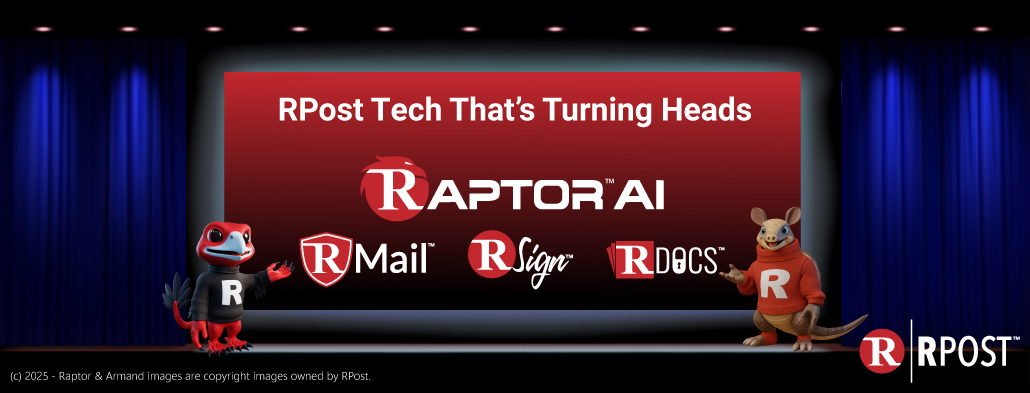The Food and Drug Administration (FDA) has published guidance for compliance with specific regulations in 21 CFR Part 11. This guidance is intended to describe the FDA’s current thinking regarding the scope and application of part 11 of Title 21 of the Code of Federal Regulations; Electronic Records; Electronic Signatures (21 CFR Part 11).
Electronic Signatures Documents have the Same Legal Strength of Wet Ink Signatures. E-business transactions – Did you know that if executed properly from beginning to end they can reduce all types of risk and make e-contracts more enforceable than paper processes. However, simply complying with the ten-year old ESIGN Act that affords electronically-signed documents the same legal […]
Electronic Transactions Would Be Afforded the Same Validity and Legality as Paper Transactions Background: Enactment of electronic laws – the Electronic Signatures in global commerce Act (ESIGN, the federal statute) and the Uniform Electronic Transactions Act (UETA – adopted by forty-six states) are basically similar and were designed to facilitate electronic transactions consistent with other applicable […]
Configured for SAP by default, configurable for other output management systems on demand. The RSign Output Management app generally provides the following functions to connect document output management systems to the RSign Cloud for secure, verifiable, encrypted, large file, and eSignature processing.
Recently, we were asked to discuss the RPost electronic signature service in view of “European Directive 1999/93/CE on electronic signatures,” a Directive aimed at creating common standards for legal recognition of electronic signatures within EU member states.
RSign achieves top score in breadth and depth of eSignature services, compliance with industry/country regulations and technical standards, and enterprise scalability categories.
eSignature technology offers much more than just the ability to get a document signed remotely. eSignature technology also provides businesses with the opportunity to completely reinvigorate decades-old business processes, enhance productivity, and automate mundane work flows.
Much of the uncertainty as to the legality of electronically signed contracts has dissipated over the last decade and a half — through definitions in the broad state (UETA) and Federal (ESIGN) statutes, and through practice by the first few waves of adopters.
Electronic signature technology is already the industry standard for executing business contracts in almost every industry. Professionals in real estate, legal services, investment management and insurance, particularly, have adopted use of this technology to transact efficiently. As eSignatures have now reached mainstream levels of adoption, where does the technology go from here?
The eSign Revolution and its Evolution Impressions of eSignatures today still depend on who you ask. Many users report eSignatures today as “a life saver”, but some still think of eSignature services as “scary to use” or “simply not trustworthy”.

December 12, 2025

December 05, 2025

November 21, 2025

November 14, 2025

November 07, 2025